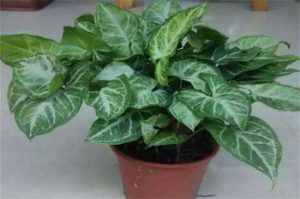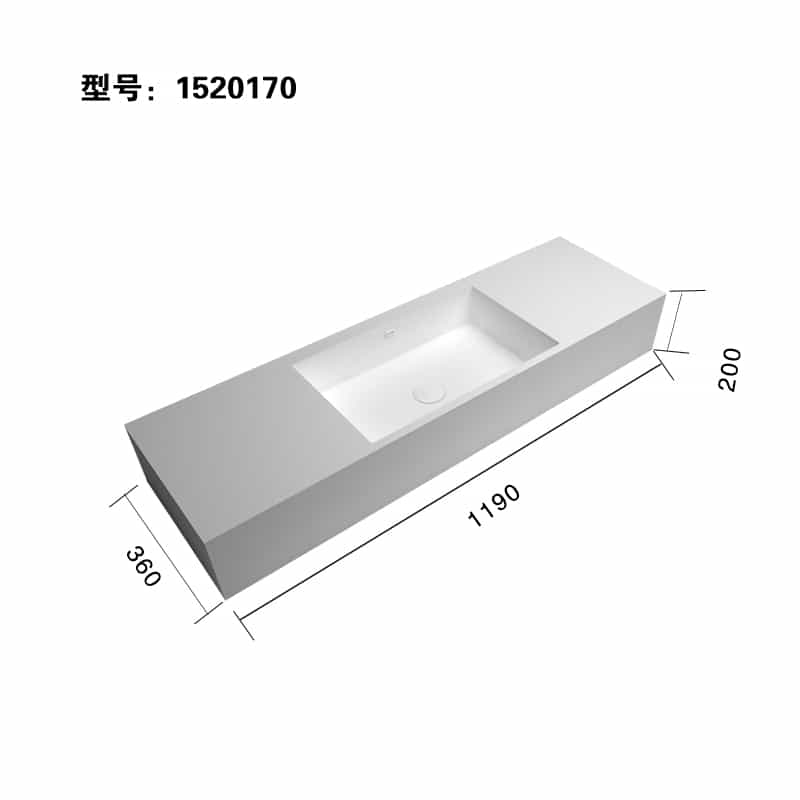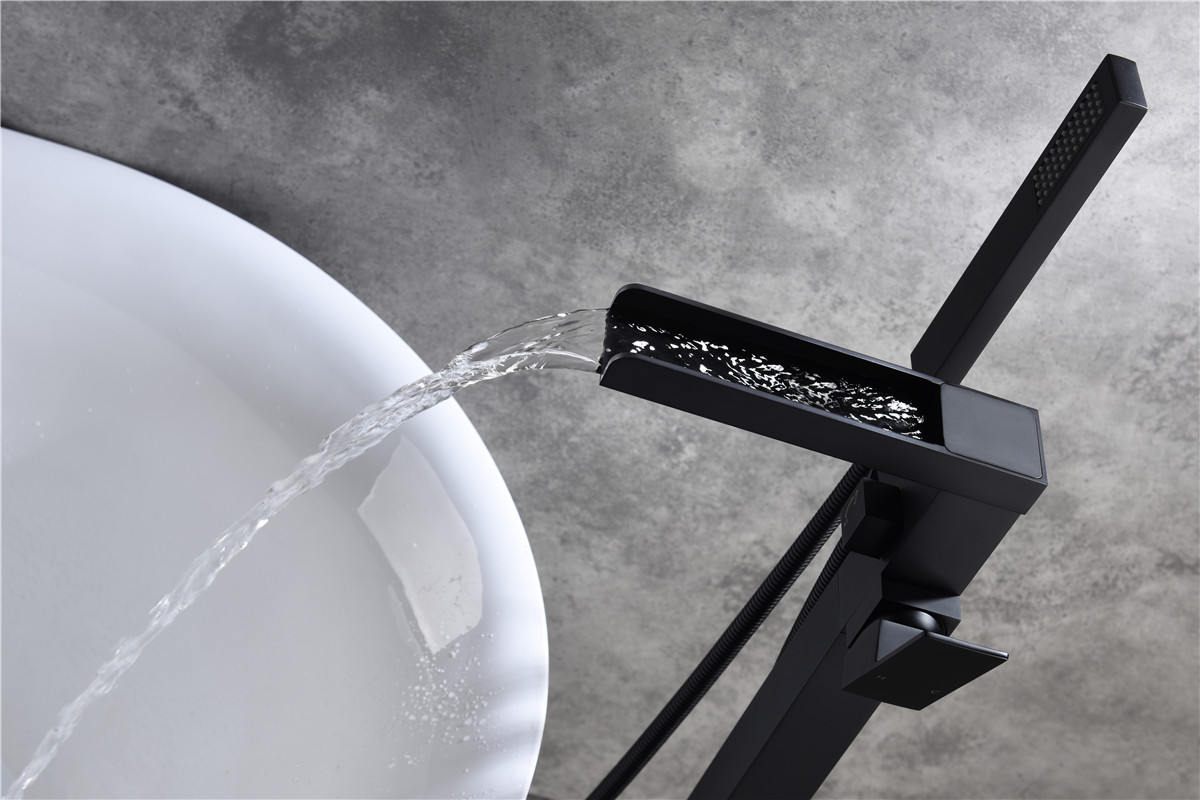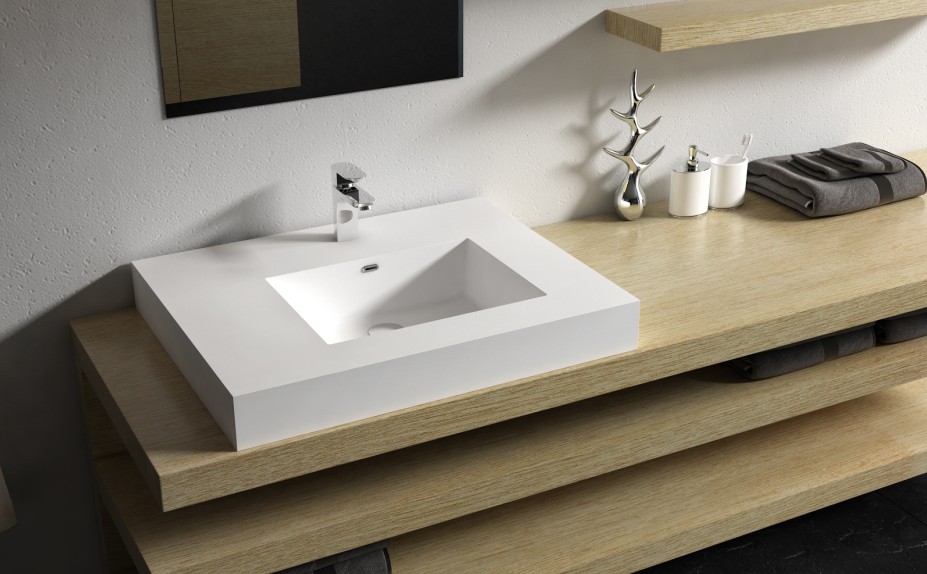
It is a popular foliage plant in the market because of its strong absorption ability of poisonous gases in the air. But in the breeding process, it is best not to keep indoors, because it is a certain toxic.
Preferably not in the bedroom
Acacia belongs to the araceae family, and we know that most plants in this family are poisonous, and the natural acacia is no exception. But rest assured, the toxicity is not strong, and touching the leaves of the plant, or smelling it, is not toxic.
Its toxins are mainly in the SAP and roots, so it’s best to wear gloves when pruning the plant. If there are children or pets at home, or be careful to avoid the occurrence of accidental ingestion, in order to be safe, it is best not to keep. If it is poisoned, it will lead to numbness of the mouth and tongue, burning of the throat, etc., must seek medical attention in time.
How to breed
1. Basin soil selection
When the fruit taro, first of all to choose a drainage and permeability are very good pot, the soil is best is loose fertile, with leaf soil, coarse sand, peat soil mixed as a culture substrate is the best. It is best to add some base fertilizer to help the plant grow more vigorously in the early stages.
2, warm clothing light
Plants grow better when the growth temperature is between 20 and 30 degrees Celsius. Synfruit taro prefers high temperature and humid environment and has poor cold tolerance. In winter, it needs to stay above 15 degrees Celsius to avoid frostbite. When it comes to light, it’s best to put it in a place where sunlight scatters, so it won’t matter if you’re exposed to the sun for a long time. Summer should be timely shade, long time exposure to the sun is easy to make the leaves burned, appear difficult to recover spots, which is very beautiful.
3. Water reasonably
The fruit likes to be wet and is afraid of drought, so keep the soil moist so that it is more conducive to the growth of its branches. Especially in summer, when evaporation is large, we should pay attention to improve the humidity of the air, and do not be in a too dry environment. Winter temperature is low, it is necessary to reduce the amount of watering and watering times, in order to prevent the occurrence of rotten roots.
4. Apply fertilizer properly
In the flourishing period of growth, you can not half a month to apply a fully mature thin liquid fertilizer. If using fertilizer, remember to reduce the proportion of nitrogen fertilizer so that the leaves do not turn too green and the patterns disappear. In winter, when the plants are growing slowly, there is no need to fertilize, otherwise it will only backfire.


















